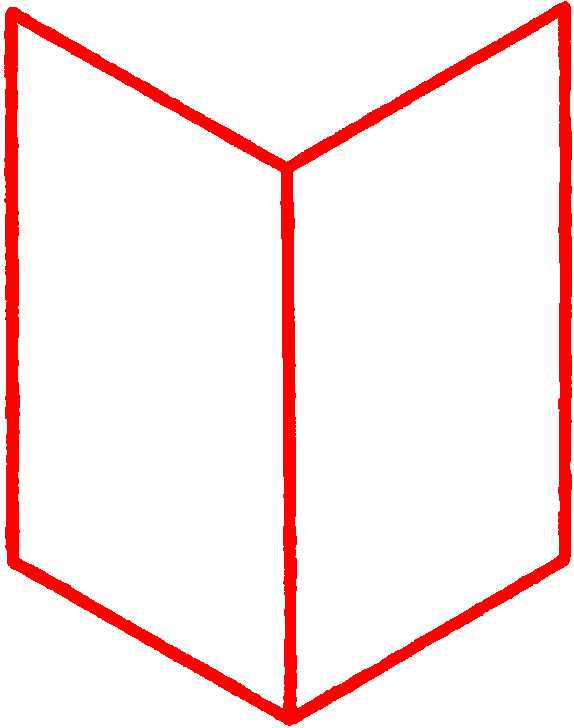Berlin Key Mangled
Chris Evans, 2012, airbrush painting, 77 x 57 cm

Here is the sort of object which, though it may gladden the hearts of technologists, causes nightmares for archaeologists. They are in effect the only ones in the world to observe artifacts that somewhat resemble what modern philosophers believe to be an object. Ethnologists, anthropologists, folklorists, economists, engineers, consumers, users, never see objects. They see only plans, actions, behaviors, arrangements, habits, heuristics, abilities, collections of practices of which certain portions seem a little more durable and others a little more transient, though one can never say which one, steel or memory, things or words, stones or laws, guarantees the longer duration. Even in our grandmothers’ attics, in the flea market, in town dumps, in scrap heaps, in rusted factories, in the Smithsonian Institution, objects still appear quite full of use, of memories, of instructions. A few steps away, there is always someone who can take possession of it to pad those whitened bones with new flesh. Even if this resurrection of the flesh is forbidden to archaeologists, since the society that made and was made by these artifacts has disappeared body and goods, and even if they must infer, through an operation of retro-engineering, the chains of associations of which the artifacts are only one link, as soon as they grasp in their hands these poor fossilized or dusty objects, these relics immediately cease to be objects and rejoin the world of people, circulating from hand to hand right at the site of the excavations, in the classroom, in the scientific literature [...].
“What is this thing? What’s it used for? Why a key with two bits? And two symmetrical bits? Who are they trying to kid?” The archaeologist turns the Berlin key over and over in her hands. Because she has been told, she now knows that this key is not a joke [...].
–“How to do Words with Things,” Bruno Latour, Bulletins of The Serving Library #3, 2012
Go back
